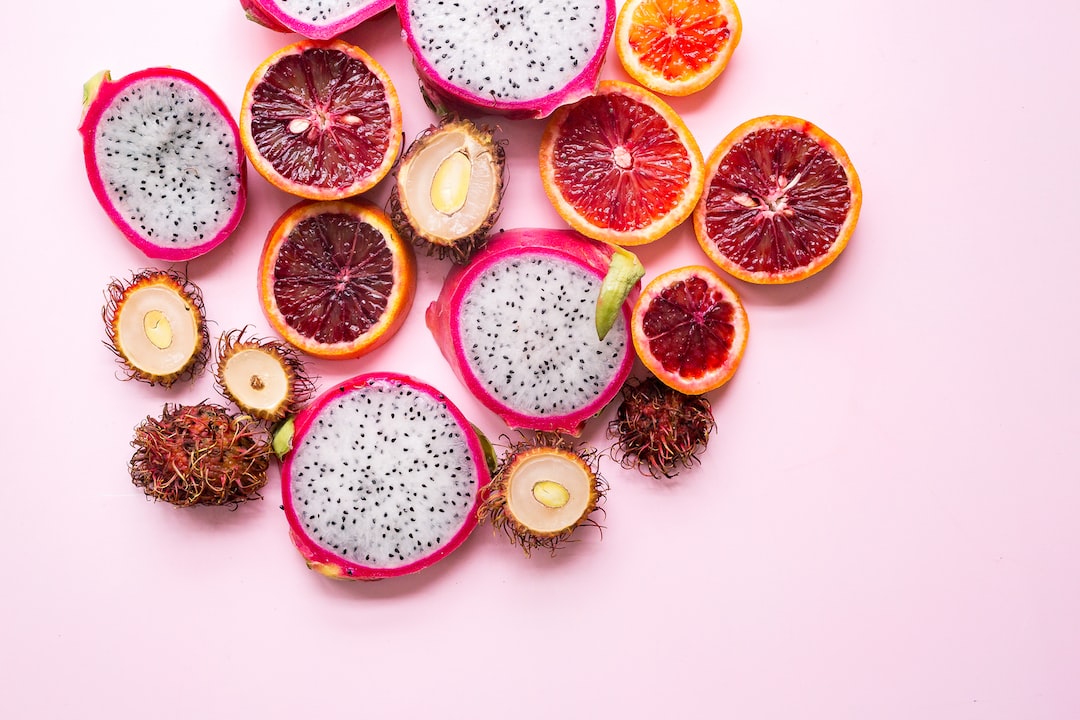Understanding the Ingredients List: Avoiding Harmful Chemicals in Beauty Products
In recent years, there has been a growing concern about the chemicals present in our beauty products. Many of us use several beauty products regularly, from shampoos and lotions to makeup and perfumes. While these products promise to enhance our appearance and make us feel good, the truth is not all ingredients are as harmless as they may seem. It’s crucial to understand the ingredients list and be aware of the potential harm certain chemicals can cause to our health.
One of the first steps in avoiding harmful chemicals in beauty products is learning to decipher the ingredients list. Unfortunately, this task can be quite daunting, as many ingredient names are long, complex, and sometimes even unpronounceable. However, with a little knowledge, you’ll be able to identify and avoid the most concerning chemicals.
Let’s start by discussing some common harmful chemicals found in beauty products:
1. Parabens: Parabens are commonly used as preservatives in a wide range of beauty products. However, research suggests that they can mimic estrogen in the body, leading to hormonal imbalances and potentially increasing the risk of breast cancer.
2. Phthalates: Phthalates are often found in fragrances and nail polishes. They have been linked to fertility issues, developmental problems in children, and may disrupt the endocrine system.
3. Formaldehyde: Formaldehyde is often used as a preservative in cosmetics and can be found under different names such as formalin or methylene oxide. It is a known human carcinogen and can cause respiratory issues, skin irritation, and allergic reactions.
4. Sodium Lauryl Sulfate (SLS): SLS is a common ingredient found in shampoos, body washes, and toothpaste. It can strip the natural oils from your skin, leading to dryness and irritation. Additionally, it may be contaminated with harmful chemicals like 1,4-dioxane, which is a probable human carcinogen.
5. Fragrance: The term “fragrance” may seem harmless, but it can hide a myriad of potentially harmful chemicals. Companies are not required to disclose the specific ingredients used in fragrances, leaving consumers unaware of what they are exposing themselves to. Fragrances can cause allergic reactions, skin irritations, and even headaches.
Knowing what to avoid is only one piece of the puzzle. Understanding how to read the ingredients list is equally important. Ingredients are usually listed on product labels in descending order by concentration, meaning the ingredient listed first is present in the highest quantity. However, some ingredients may not appear as you would expect due to complex naming conventions or abbreviated forms.
To gain a better understanding, familiarize yourself with some key terms:
1. Organic: If a product is labeled “organic,” it means that the ingredients have been grown without the use of synthetic pesticides, herbicides, or fertilizers. However, don’t assume that a product is completely free of harmful chemicals just because it is labeled organic.
2. Natural: The word “natural” is often used loosely, and there is no clear regulation on its usage in the beauty industry. Always check the ingredients list to verify the product’s actual composition.
3. Certified Labels: Certified labels, such as USDA Organic or EcoCert, provide more assurance that the product has met specific standards. Products with these labels are generally safer, but it’s still crucial to read the ingredients list.
4. Look for specific ingredients to avoid: While it’s impossible to remember every harmful chemical, there are some well-known ones to watch out for. Understanding basic chemistry can help you decipher ingredient names. For example, “-paraben” and “phthalate” are commonly used suffixes for these chemicals.
Despite the numerous harmful chemicals present in beauty products, there are alternative options available. Organic, natural, and eco-friendly brands are gaining popularity, providing consumers with safer alternatives. Do your research and choose brands that prioritize transparency, disclose all ingredients, and have safe certifications.
Moreover, it’s essential to educate yourself beyond just the ingredients list. Read reviews, consider any personal sensitivities or allergies, and opt for products that have been dermatologically tested.
Ultimately, understanding the ingredients list is crucial for avoiding potentially harmful chemicals in beauty products. By being informed, you can make conscious decisions about the products you choose to incorporate into your beauty routine. Your health and well-being deserve the utmost attention, and taking steps to avoid harmful chemicals is a vital aspect of self-care.

